Why More Companies Are Linking CEO Pay To ESG
McDermott Will & Emery Employee Benefits
DECEMBER 27, 2022
An important new governance survey suggests an increasing willingness to consider linking a company’s ESG performance measures to executive incentive compensation. But implementing such measures may present boards and their compensation committees with practical implementation challenges.


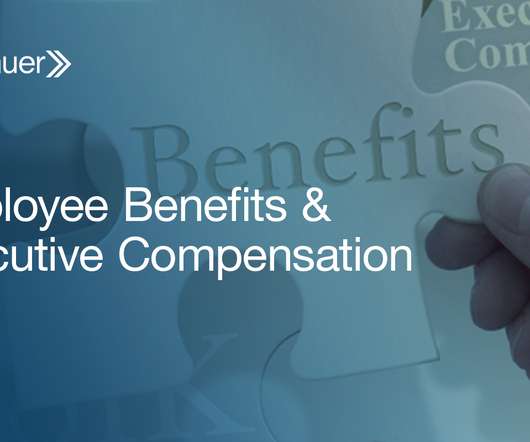


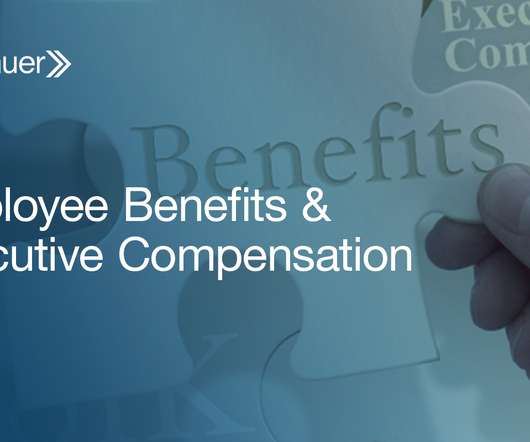

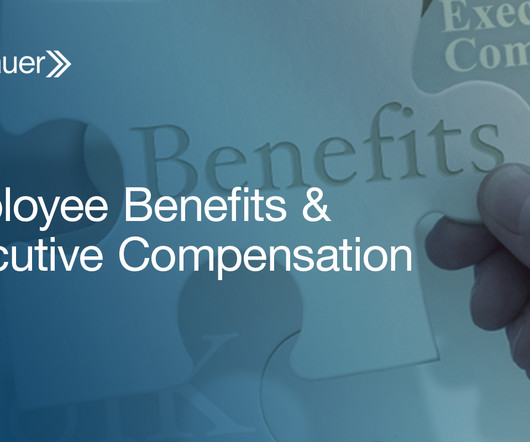
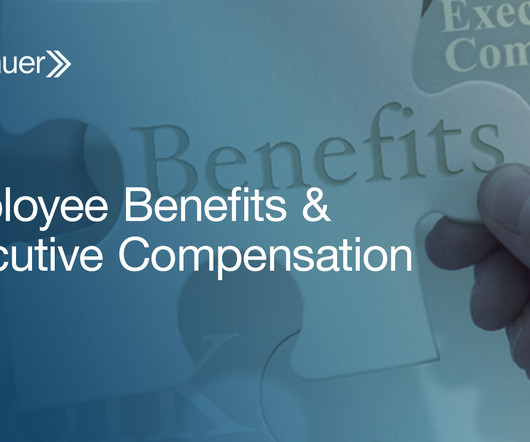
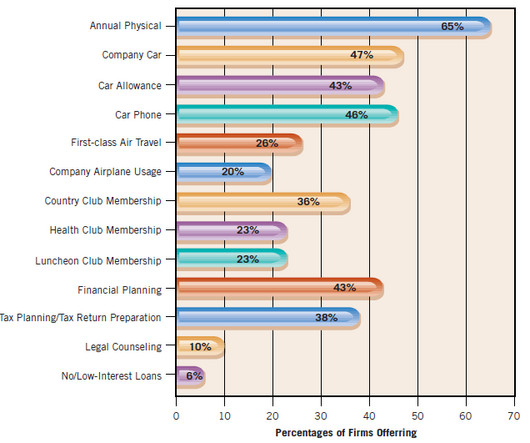






Let's personalize your content